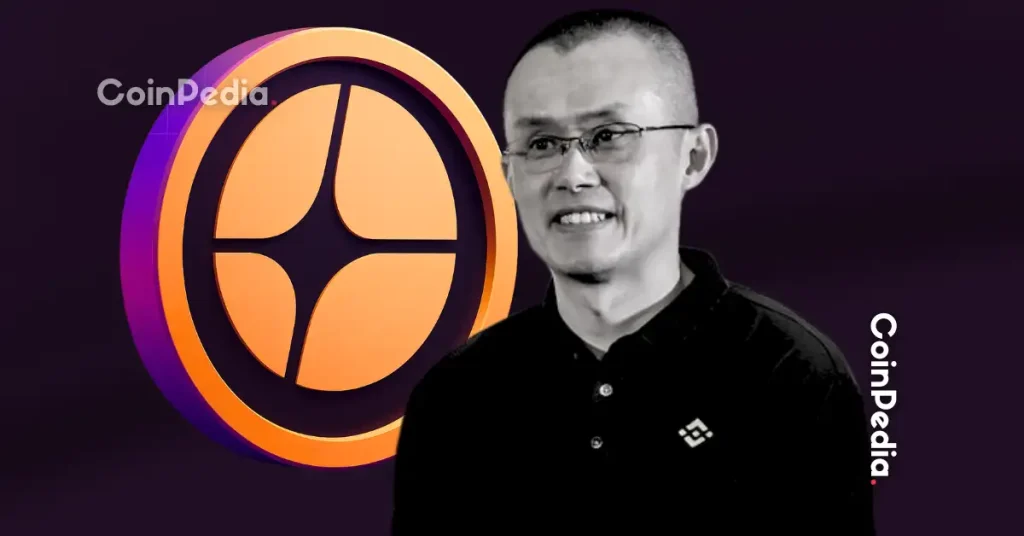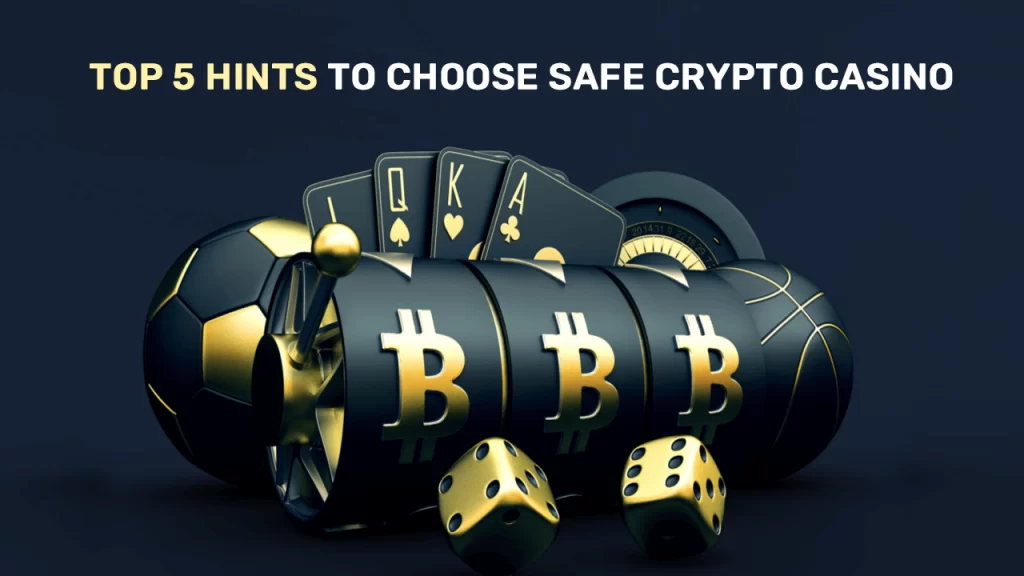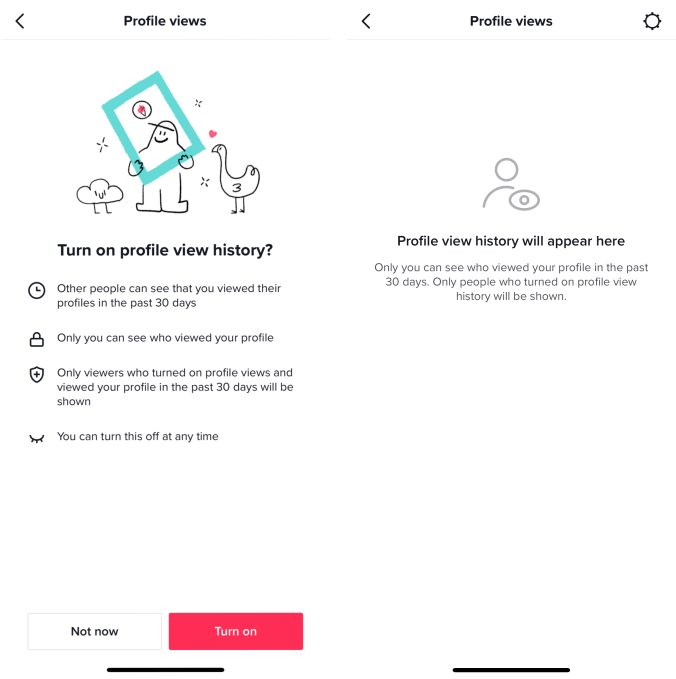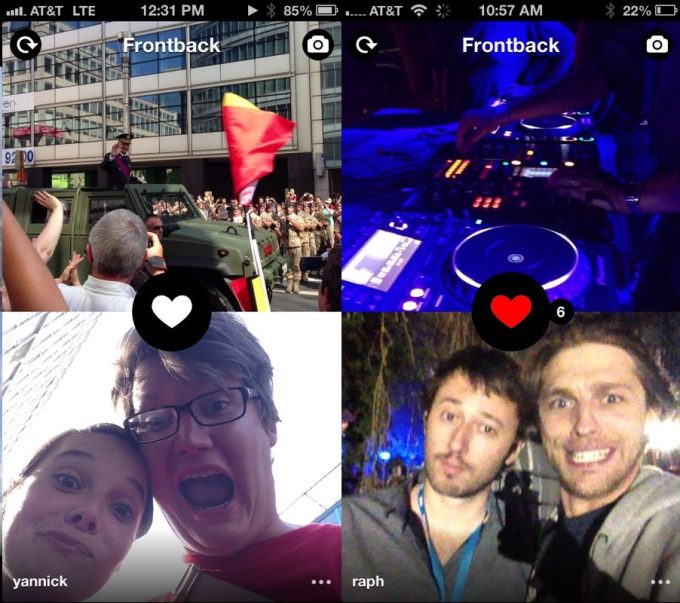
The post Through Partnerships, Web2 Brands Can Rapidly Establish A Web3 Presence appeared first on Coinpedia Fintech News
The debate about whether or not Web3 really is the future of the internet has been raging for a good couple of years already. However, a number of Web2 companies have already decided it’s an opportunity that’s too good to miss, seeing Web3 as a way to deliver extra value to consumers and experiment with new models of ownership.
The future of Web3 has been the subject of ongoing debate for some years already. It remains to be seen if Web3 really will become the next generation of the internet, but many established Web2 brands have decided that it’s an opportunity that’s too good to miss. They see Web3 as a way to provide additional value to their consumers and fans, and experiment with new models of ownership.
Interest in Web3 is growing, but many companies are at a loss as to how they can take their first steps. Some of the biggest brands in the world are going all-in on the concept. There’s no better example than Facebook, which rebranded to Meta Platforms and is investing billions of dollars in building the metaverse.
Facebook’s parent Meta has recently expanded its push into Web3 with the launch of Threads, a platform to rival Twitter that allows users to share short posts of up to 500 characters. Threads is unique in that it’s compatible with the World Wide Web Consortium’s open social networking protocol ActivityPub. This makes Threads interoperable with other compatible social media networks, including WordPress and Mastodon, enabling new kinds of connections and marketing opportunities that only Web3 can deliver.
Twitter itself has embraced Web3 in a different way, adding support for NFT profile pictures and making it possible for users to tip their favorite creators on the platform with Bitcoin. Meanwhile, Instagram has announced support for digital collectibles in an effort to support creators.
Other brands have opted to join existing metaverse platforms, and to do so they often act in partnership with Web3 startups that have expertise in virtual assets. They’re looking to leverage technologies such as non-fungible tokens and cryptocurrency, virtual land in metaverse platforms like Decentraland. The advantage of this approach is that brands retain full control of whatever virtual assets they create, and can shape their utility in virtual environments.
Many of these experiments have paid off, getting attention from younger audiences who’re more likely to want to experience the metaverse. The fashion brand Gucci has notably launched a number of metaverse initiatives. One of these, the Gucci Garden experience, saw Gucci collaborate with the 3D gaming platform Roblox on a virtual environment that anyone could explore while wearing a digital avatar sporting various Gucci products. As part of that event, Gucci sold a digital version of a branded designer handbag for 350,000 Robux, which was worth $4,100 in fiat money at the time.
The metaverse has proven especially popular with fashion brands. In another notable event, Ralph Lauren partnered with Roblox to sell digital winter sportswear for Roblox avatars. Players could visit an online store in the Roblox world and try on various products, and purchase them if they desired to keep them.
Another Web2 company making waves in the Web3 space is Nike, which went out and acquired the U.K.-based digital design startup RTFKT. The company was therefore able to make an immediate and very big splash in the metaverse.
Some companies have embraced a different concept, enriching real-world products with Web3 technologies to ensure their value, uniqueness and tradeability. The way it works is that the product is recorded onto the blockchain. This information can include the product’s supply, origin, production, design and ownership. Because it’s stored on the blockchain, this data becomes immutable. This ensures the physical item has higher value as a scarce collectible.
One of the most visible examples of this is the NBA’s Top Shot collection of exceptional shots, such as a legendary dunk from LeBron James of the LA Lakers, or a classic three-pointer from the Gold State Warriors’ star Stephen Curry. These “Shots” are sold as digital trading cards, but in reality they are NFTs, created by the blockchain company Dapper Labs in a partnership with the NBA. The cards highlight not only the clip but team-specific artwork, as well as the details of the game during which the shot was made, the player’s stats, a description of the shot, a unique serial number and more. Because the NBA’s Top Shot cards are NFTs, they can be traded freely by basketball fans on NFT marketplaces.
The NBA isn’t the only organization that’s seeking to partner with blockchain companies to establish a Web3 presence. In fact, for many brands partnerships are the easiest way to make their initial mark on Web3, as they save on the not insignificant costs of building out your own decentralized infrastructure. These partnerships are happening in many kinds of industries too. In Argentina, the low-cost airline Flybondi teamed up with the NFT marketplace TravelX on the concept of tokenized NFT tickets. Now, passengers can purchase NFT tickets, and if they don’t want to use it themselves they’re free to auction, sell, transfer or gift it to someone else in a peer-to-peer way. This isn’t possible with a traditional flight ticket, and is exactly what Web3 is about, giving people full control of the assets they own.
Web3 social media has emerged as an attractive outlet for brands looking to explore the decentralized internet. Companies may still be somewhat dubious about the prospects of the metaverse, after all, but that’s not the case with social media, which is already established in people’s lives. Hence, partnerships here are very attractive.
A case in point is Phaver, the Web3-native social media network that’s notable for its reputation system Phaver Cred. The platform allows people to build up a reputation over time based on their activity on the platform, establishing trust with their social media identity. Some of the brands looking to take advantage of this include The Smurfs, which partnered with Phaver to promote its NFT collection, The Smurfs’ Society. Through the partnership, NFT holders can connect their digital tokens directly to their Phaver profiles to earn more Phaver Cred and boost their reputation. Another partner is the South Korean conglomerate Lotte Group, which created the Bellygom NFT collection and is promoting it through Phaver.
The world of Web2 is ruthlessly competitive no matter what business you’re in. So it’s no surprise that companies are looking to make an early splash in Web3. It provides an opportunity for innovative brands to develop new methods of engagement and income streams, while positioning themselves at the forefront of an exciting and potentially disruptive new technology.

 2 years ago
130
2 years ago
130














 English (US) ·
English (US) ·